There’s treasure everywhere
Ian Baird takes 30 early-years Dorset teachers on an inspirational wild food beach tour, to help them teach kids around the county about sea and seafood in new and exciting ways.
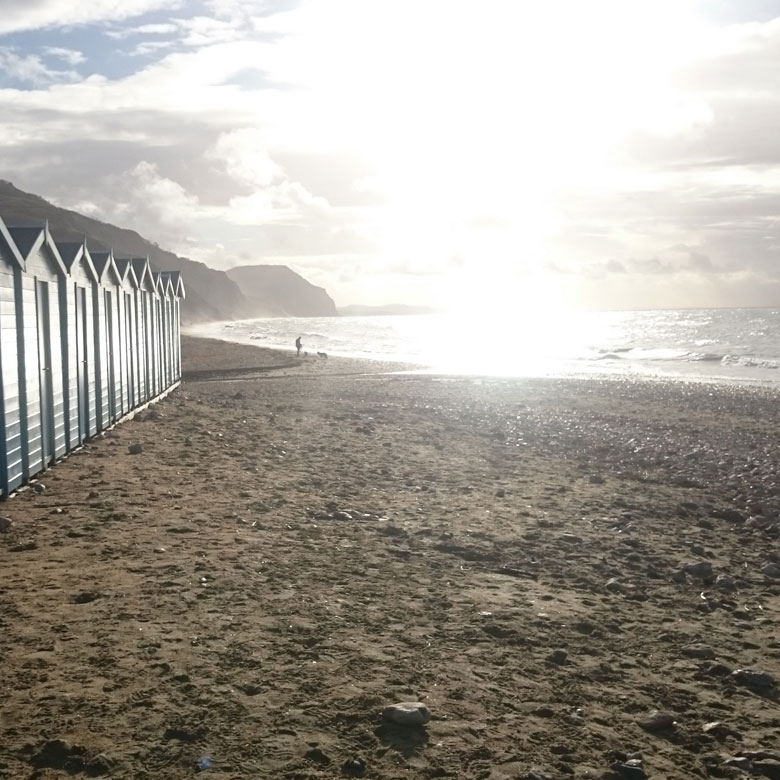
“I keep looking for one more teacher, only to find that fish learn from the water and birds learn from the sky.” So wrote the poet and philosopher Mark Nepo in Facing the Lion: Being the Lion. Well, today, on Charmouth beach in West Dorset, I am the teacher, passing on my knowledge of the wonderful wild food that the seas give us. And, funnily enough, every one of the 30 students here with me is a teacher, too.
The group is made up of early-years teachers from across the county, who are here to find out more food and the environment and, hopefully, to be inspired. The idea is that they will then pass on that inspiration to kids in schools and nurseries, teaching them about the sea in new and exciting ways. As it turns out, this glorious early autumn day, all by itself, is providing more inspiration than I could ever hope to achieve.

Today’s lesson is big on seaweed. Fashions in food dictate that often perfectly good foodstuffs can fall out of favour and become forgotten, until their time comes round again – and seaweed is a good example. Used as an ingredient the world over, and highly prized in some cultures, it was once eaten widely in coastal communities around our shores, too, but the tradition has long since fallen away. However, perhaps the fashion tide is now turning.
Loaded with proteins, fibre, vitamins and minerals, seaweed has had a lot of press recently, being widely tipped as the next big thing in superfoods. It’s now regularly available in various fresh forms at Billingsgate, while the dried variety can even be found on the shelves of M&S. Nevertheless, it is still largely regarded as an “exotic” ingredient and seaweeds that are readily found around are shores are often referred to by their Japanese names, such as wakame (badderlocks), kombu (kelp) and nori (laver or sea lettuce).
It’s certainly an unknown quantity for my group of teachers. So under this blazing blue sky, I aim to introduce their 30 hungry tummies to the delights of miyeokguk, a Korean seaweed and mushroom concoction also known as “birthday soup” – a dish with an interesting back-story.
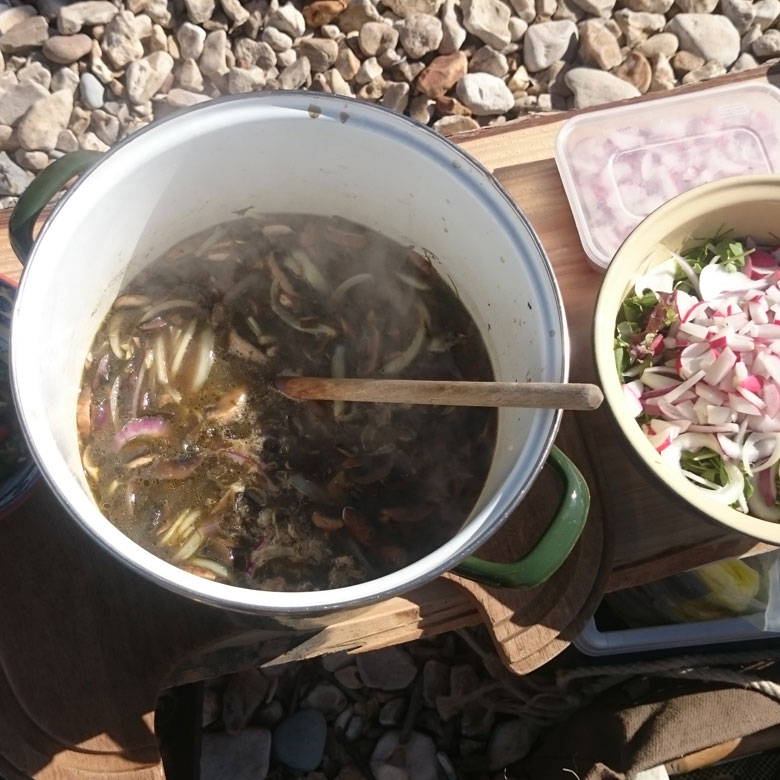
Miyeokguk is traditionally eaten for breakfast on your birthday – but it must be prepared by someone else. Why? Because it is so nutritious that it is traditionally given to post-natal mums for a couple of weeks after childbirth to heal and nurture them, and to improve the quality and supply of their milk. By eating it yourself on your birthday you are acknowledging how your mother brought you into the world, and are thereby celebrating and remembering her. Nice, no?
I often dive for the kelp and dulse seaweed used in this recipe to ensure that it’s as fresh as possible – or I forage for it at low tide straight from the rocks where it grows. (For more on seaweed foraging and identification, see our guide by Fiona Bird.) Preparation is easy. Simply take the most tender and healthy fronds and chop them into small pieces. (The rest goes on the garden: seaweed is a great fertiliser, too.) Combined with the flavour of the fried mushrooms, ginger and garlic, the resulting broth is light, piquant and satisfying – as well as incredibly good for you.
While the group sets about various beach activities, I set up the fire pits and larch plank table that will be the centrepiece of my beach kitchen. I become a frenzy of chopping and slicing, tasting and tweaking, and soon the aromas begin to draw the hungry pedagogues around me. Despite some nervousness, the whole pan of miyeokguk is polished off rapidly among murmurings of surprise and delight at its delicious flavour.
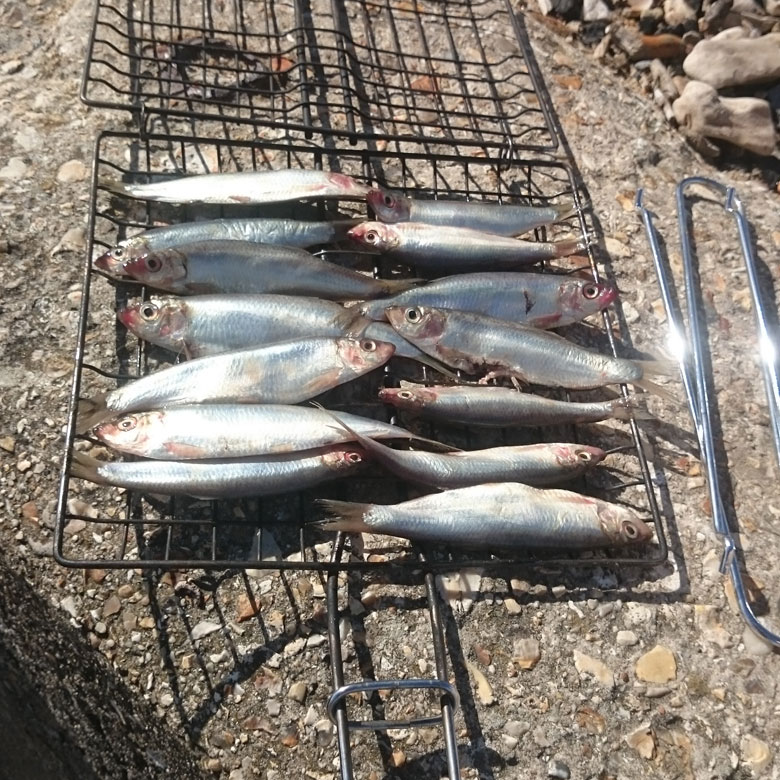
Whenever I cook seafood I always try to be seasonal. So for the next course, what could be better or simpler in these early autumn days than the sprats now patrolling our coast in huge shoals. Each one is like a mini sardine, bursting with flavour and goodness, which makes it all the more baffling that they’ve also fallen out of favour in recent years – another food fashion victim. I aim to help put that right today and show the group just how great – and cheap – they can be.
An early morning visit to our quayside fishmonger in Weymouth, Weyfish, bagged me a kilo of these glistening beauties for just £4. All they need is a minute or so each side on the barbecue, with a good glug of olive oil to liven things up. The group gets stuck in, luxuriating in their oily goodness with fresh bread, salad and seashore greens of sea beet and rock samphire.
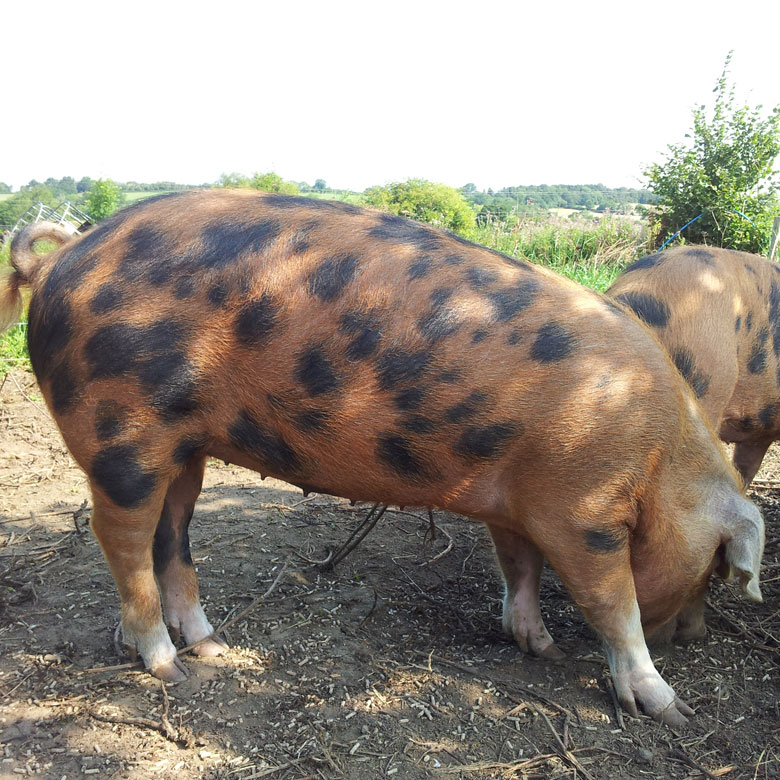
Next up is some more seaweed, this time mixed with pork and squeezed into my friend Sam Holloway’s gluten-free sausages. The porkers are free-range, woodland-dwelling Oxford Sandy and Blacks and their meat is superb, while the seaweed adds a subtle, but memorable twist.
As the fire pits begin to die down and the Kelly kettles is busily heating water for a post-prandial coffee, the groups is alive with questions about seaweed, seafood, foraging and the good life that is so readily accessible, if you only know where to look and what you are looking for. That is really what today has been all about. And I hope that some lucky youngsters in Dorset will soon be inspired by the teachers who were here today, just as this wonderful beach continues to inspire me.
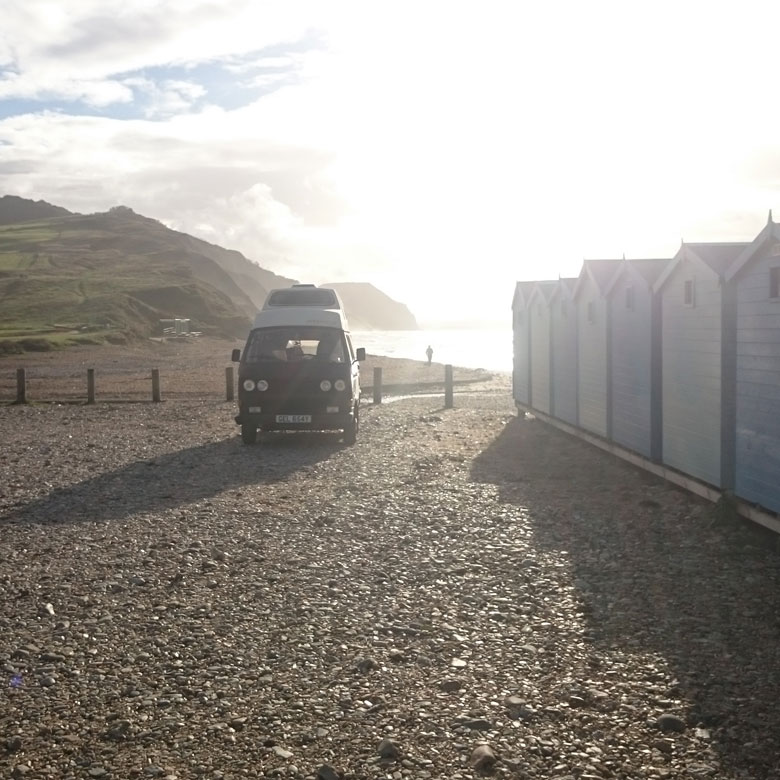
Ian Baird, Driftingwild Forest and Beach School, DT5 1NJ, tel: 07969 178743. Weyfish, 1 Custom House Quay, Weymouth DT4 8BE, tel: 01305 761277. Sam’s Pigs, Locke Farm, Halstock, BA22 9SQ, tel: 01935 891273: www.samspigs.co.uk





